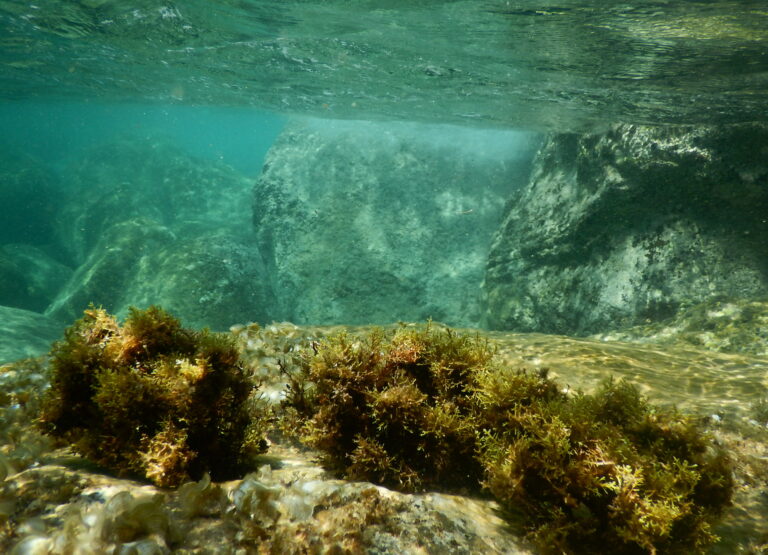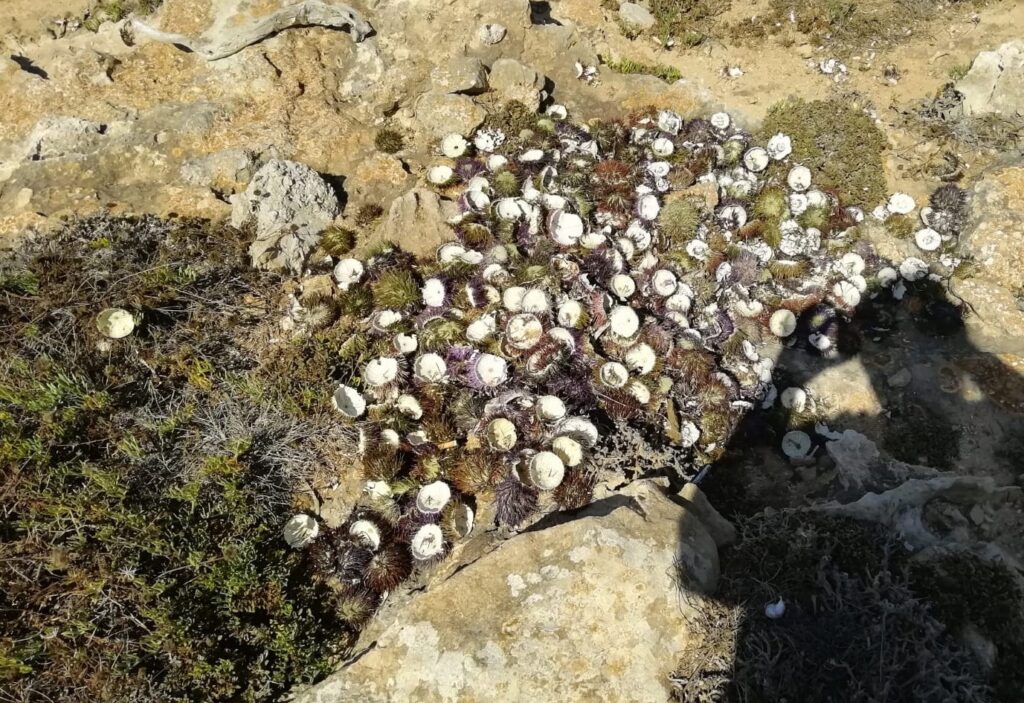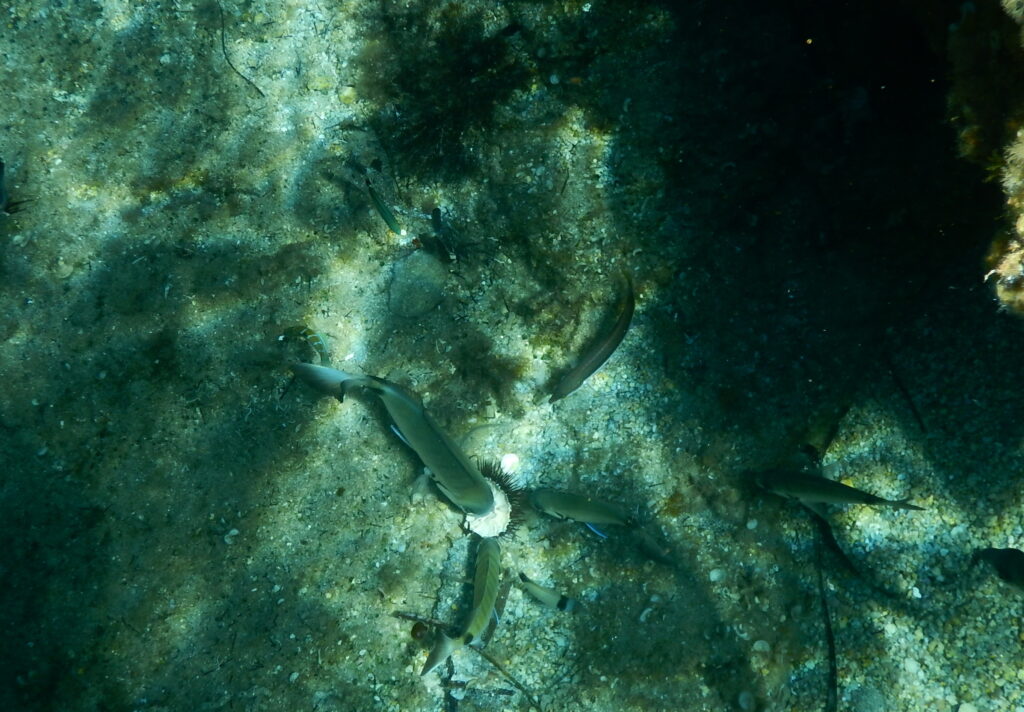Sea urchins play an important ecological role in the delicate balance of marine ecosystems. As it feeds mainly on algae, present on the rocky substrate at a depth between the surface and about 80 metres, it is classified as one of the most efficient herbivores (or grazers) in the marine environment. It is therefore essential to safeguard this marine species, in order to preserve stable populations: a decrease in the population of these echinoderms leads to excessive algal proliferation, while overpopulation can lead to sea bottoms with little or no vegetation (barren sites), with a consequent disappearance of biodiversity.

On one hand, the demand of the urchins market is almost exclusively based on harvesting (and there are many cases of depletion of natural stocks); on the other hand, overfishing of commercially valuable fish species leads to a reduction of predatory fishes that control urchin populations, favouring their uncontrolled proliferation. For these reasons, aquaculture plays a key role, both in meeting the demand of the fish market and in species conservation.
Natural stocks of sea urchins are not only under constant pressure from the global market, but are also threatened by climate change: about a quarter of the CO2 in the atmosphere is absorbed by the seas and oceans where, in contact with water, it reacts chemically, leading to the formation of carbonic acid and a consequent decrease in pH. This continuous increase in the acidification of the seas has a decidedly negative effect on the biomechanical properties of the carbonate structures that make up the skeleton and mouthparts of sea urchins (which are of great importance for their locomotion, grazing and protection from predators), as they are mainly composed of calcite with a high magnesium content, which is particularly sensitive to a decrease in pH.
Sea urchin populations are under constant pressure, both from human consumption (including illegal harvesting) and from natural predators. In a future scenario of increasing ocean acidification, the density of sea urchins is expected to decrease at an alarming rate. This is due both to reduced protection from predation due to altered skeletal structures, and to reduced availability of calcifying macroalgae, an important component of their diet.
Thanks to Lorenzo Meroni for the article and to Valentina Asnaghi for the images.

